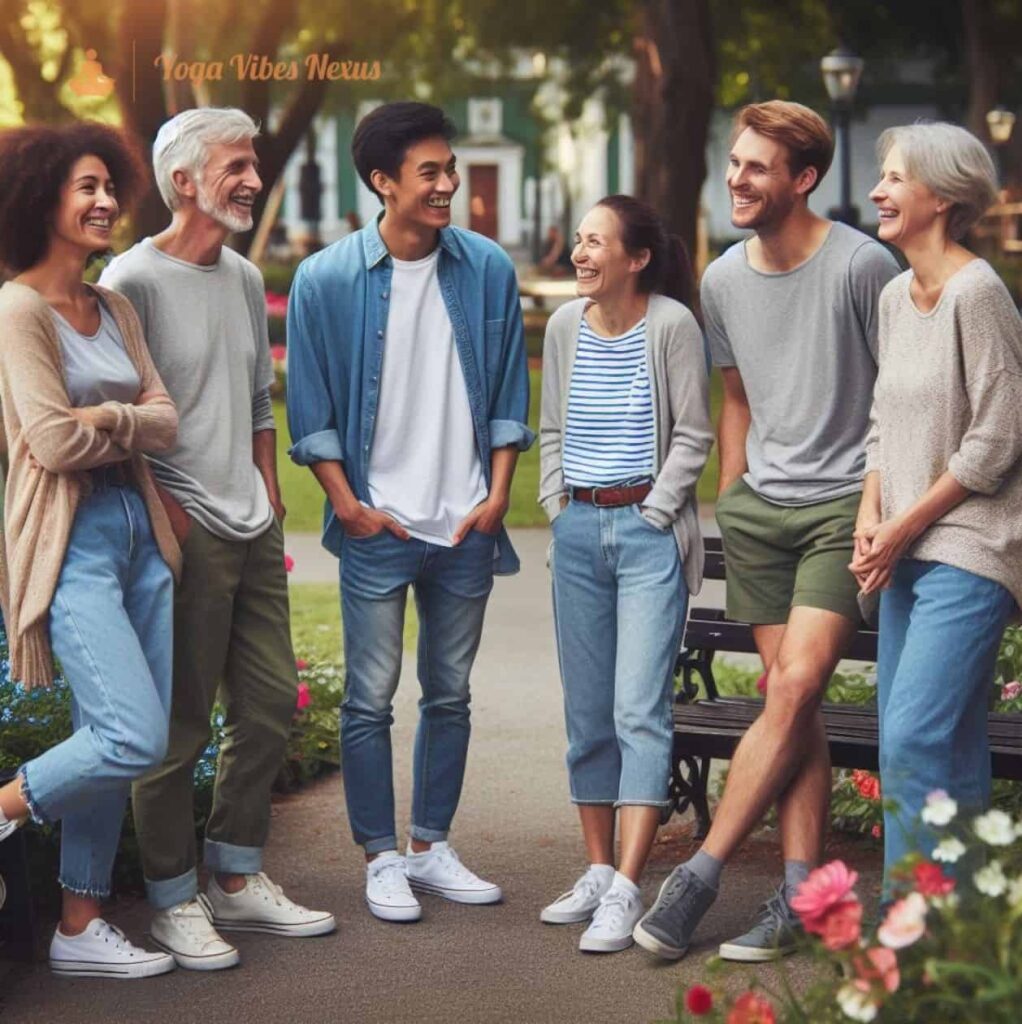Understanding self-image has become more complicated than ever in a world filled with social media filters and carefully crafted images.
The strong impact of what society expects and the promotion of an unrealistic idea of perfection can make us doubt how genuine our self-perception is.
Navigating the intricacies of self-image is a thought that often creeps in – sometimes you think, how realistic is your self-image? This blog post explores the complex interplay between our self-perception and reality.
What is Self-Image?
Basically, self-image is how you see yourself in your mind. It’s not just about how you look physically but about your beliefs, thoughts, and emotions connected to your identity.

This mental picture is influenced by different things like your personal experiences, what society expects, and cultural norms. To get what this mental picture is all about, you must look closely at how these factors work together. They shape your self-image into something that’s constantly changing and evolving.
How Realistic is Your Self Image?
The realism of our self-image can vary widely from person to person and is influenced by various factors, including individual perception, experiences, and societal influences. Here are some aspects to consider:
- Perception Bias: Our self-image is often shaped by our perception, which may be biased. Positive or negative experiences, personal achievements, and societal standards can affect how we see ourselves.
- Social Comparison: People tend to compare themselves to others, especially in the age of social media. This can lead to unrealistic self-images as individuals often showcase their successes and positive aspects, creating a skewed perspective.
- Cultural and Societal Influences: Cultural and societal expectations play a significant role in shaping self-image. These expectations may contribute to unrealistic standards, impacting how individuals perceive themselves based on societal ideals.
- Psychological Factors: Mental health conditions, such as depression, anxiety, or body dysmorphia, can cause a distorted self-image in individuals. These conditions may lead individuals to perceive themselves differently from reality.
- Personal Growth and Development: A realistic self-image can evolve as individuals grow and develop. As people gain self-awareness and experience, their perception of themselves may become more grounded and accurate.
- Feedback and Validation: External feedback and validation from others can also influence self-image. Positive reinforcement can contribute to a more realistic self-image, while constant criticism or lack of support may distort it.
- Emotional Well-being: Emotional well-being and self-esteem play crucial roles in shaping self-image. Individuals with healthy self-esteem are likelier to have a realistic and positive self-image.
The Mirror and the Mind
While the mirror shows how we look on the outside, it doesn’t capture all the complex thoughts and feelings that shape how we see ourselves. We often check our reflection for flaws but don’t regularly think about our mental picture of ourselves.

Our minds are natural storytellers, creating narratives based on our past, what society expects, and our own dreams. The image we have in our heads might only sometimes match who we really are.
Constantly comparing ourselves to perfect standards can mess up how we see ourselves, making a gap between who we are and who we think we are. So, it’s essential to be mindful and self-aware to connect the dots between how we look and see ourselves.
Cultural Impact on Self-Perception
Our self-image is powerfully shaped by cultural norms and societal expectations. Various cultures highlight different traits, impacting how people see themselves.
The pressure to fit into societal ideals can create internal struggles as individuals wrestle with the difference between their true selves and what society expects.

To navigate this complexity, promoting cultural understanding and embracing diversity is crucial. Celebrating our distinct cultural backgrounds enhances our self-perception, fostering a more inclusive and accepting view of ourselves.
Empowering Authenticity
Moving toward a more realistic self-image means embracing authenticity. It’s about recognizing and celebrating our strengths and weaknesses and understanding that flaws are a natural part of being human.

Authenticity gives us the power to liberate ourselves from the pressures of societal norms and express who we indeed are. By fostering authenticity, we improve how we see ourselves and contribute to creating a more inclusive and tolerant society that values individuality.
Self-Reflection and Growth
Developing a realistic self-image requires ongoing self-reflection. It involves understanding our values, passions, and aspirations, all while acknowledging areas where we can improve.

Embracing a growth mindset enables us to see challenges as chances for learning and development, building a positive self-image based on personal progress.
Through consistent self-reflection, we embark on a journey of self-discovery, continually evolving and refining our self-image as we navigate the complexities of life.
My Personal Journey
Earlier in my life, I grappled with shyness, fearfulness, and self-doubt, constantly questioning the image I held of myself. However, my perspective underwent a profound transformation when I immersed myself in the practices of meditation and yoga.
These mindful endeavors became catalysts for change, allowing me to shed the layers of insecurity. Through consistent meditation, I found a path to living mindfully and effortlessly, unburdened by the constraints of a fixed self-image.
Now, I navigate life with a newfound joy and love, embracing each moment with gratitude and self-acceptance. Integrating these practices has reshaped my self-perception and empowered me to exist authentically, unencumbered by the shadows of past doubts.
Conclusion
In a world filled with unrealistic ideals of perfection, it’s essential to embark on a journey of self-discovery and self-acceptance. Achieving a realistic self-image means uncovering our true selves beneath the layers of societal expectations and embracing our unique qualities.
Remember, while the mirror may show your physical appearance, the natural reflection of self comes from embracing and accepting who you are.
As we navigate the intricate realm of self-image, let’s promote a culture that values diversity, authenticity, and continual growth. This way, we can create a society where individuals confidently embrace and celebrate their authentic selves.

